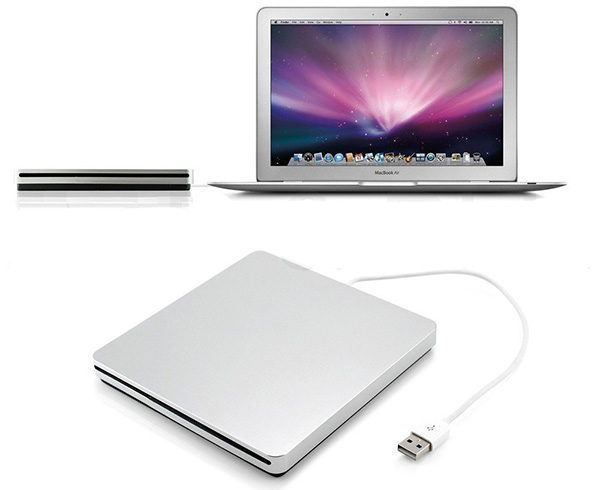
Hdiutil attach "/Volumes/Recovery HD//BaseSystem.dmg" The disk image inside the recovery HD is invisible, so use the Terminal to mount that too:.Replace above with the identifier from step 2.


Type the following command to mount the recovery HD:ĭiskutil mount readOnly /dev/.It will be something of the form diskXsY, where X and Y are numeric digits. Look for 'Recovery HD' in the list, and note its identifier.Open the Terminal, and type this command to list all partitions on your hard drive or SSD:.However, it is possible to capture the installer and interrupt the install, so that it doesn't get a chance to delete itself. Unfortunately, it deletes itself after installation, so it doesn't give you a chance to make a boot disk that doesn't involve network access. A large USB flash drive might work, but I haven't tried it.Īs we all know, the Recovery HD lets you reinstall Lion by downloading it from Apple's servers. An external hard drive or separate partition is great. To avoid messing up your one and only good Lion installation, I recommend getting an external drive big enough to install Lion on. By following this hint, it should be possible to get a full Lion install disk for those machines that won't require network access to install. This seems to work on my 2008 MBP machine with the App Store version of Lion installed on it, but it should be of particular interest to users of the new MacBook Airs and MacBook Pros which don't come with an install disk, but can't install the App Store version of Lion. I've found a way to get a full Lion installer by capturing the installer files that the recovery partition downloads.


 0 kommentar(er)
0 kommentar(er)
